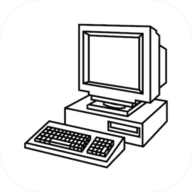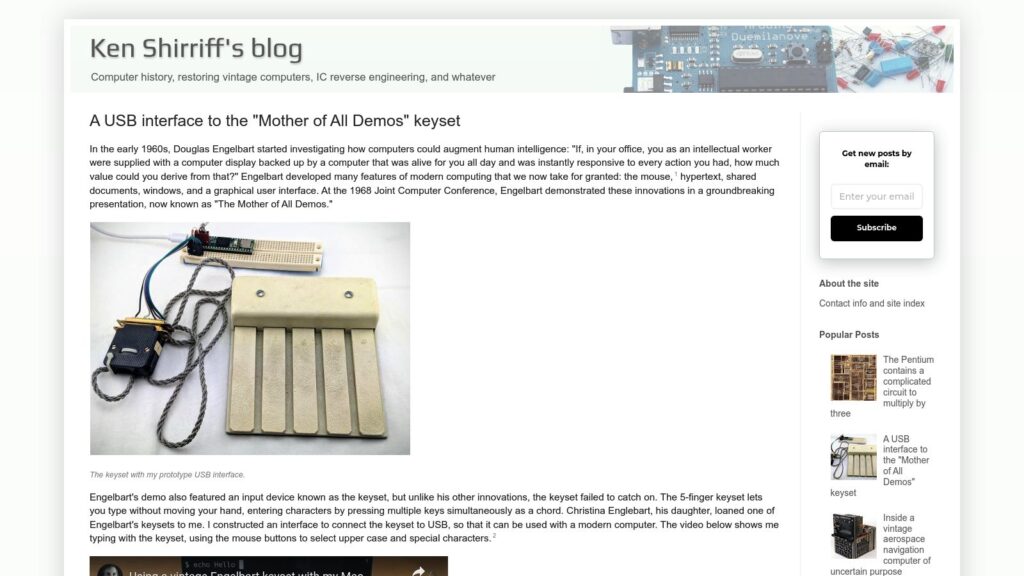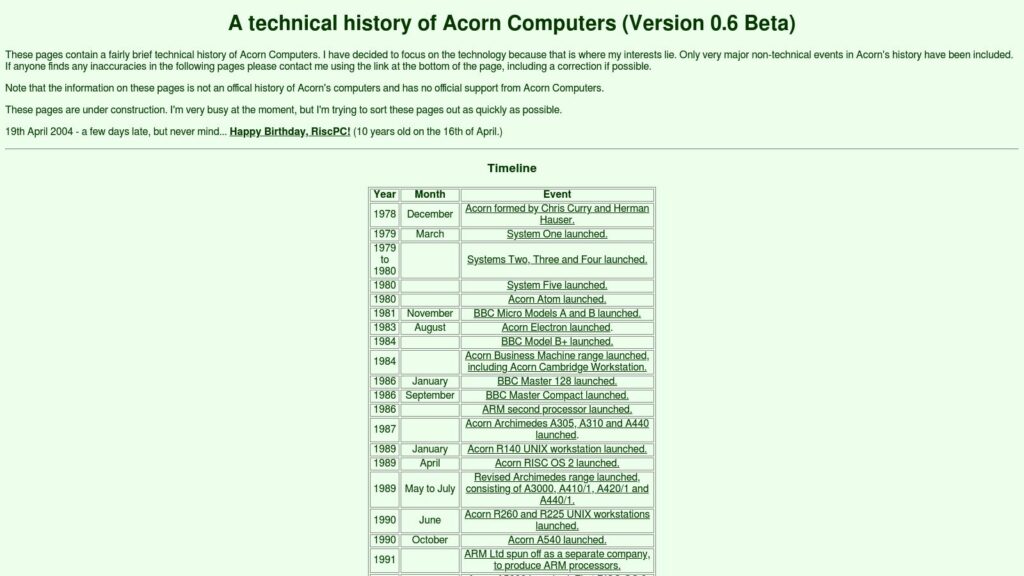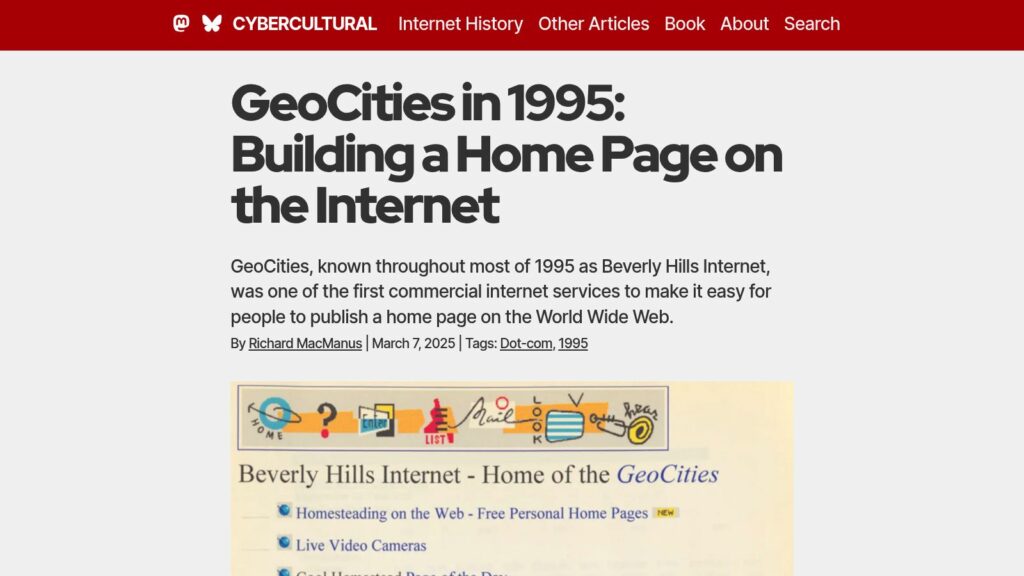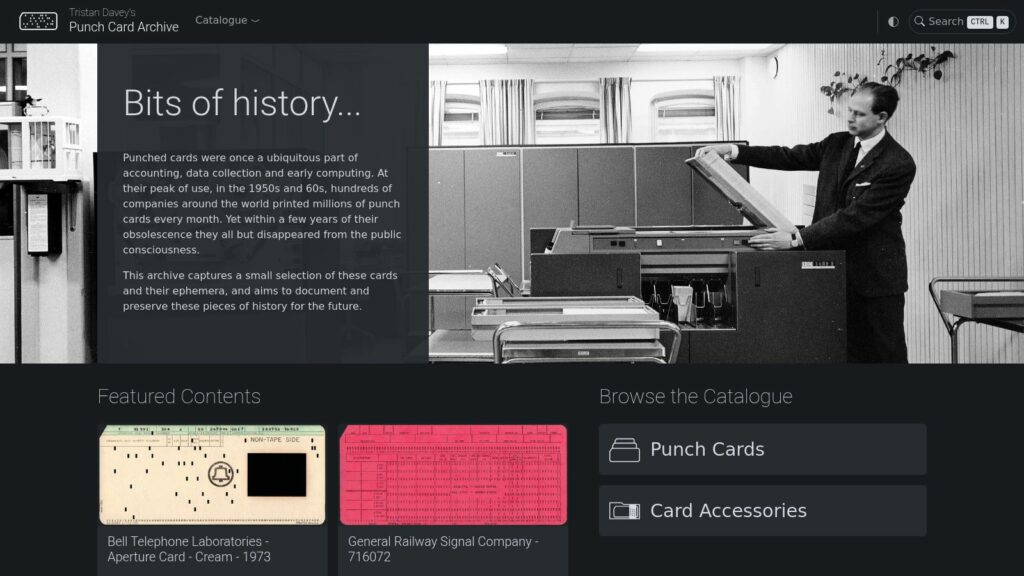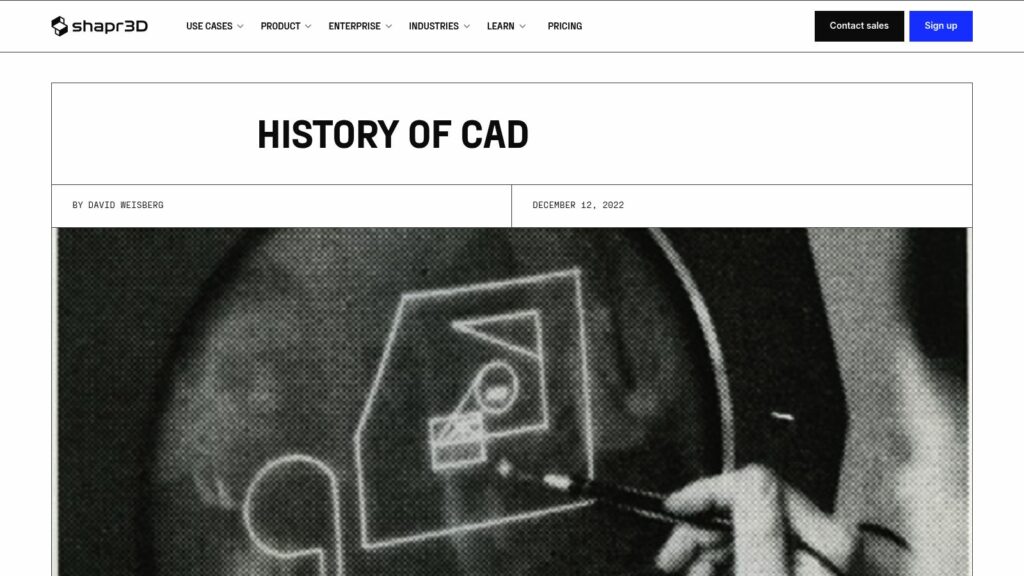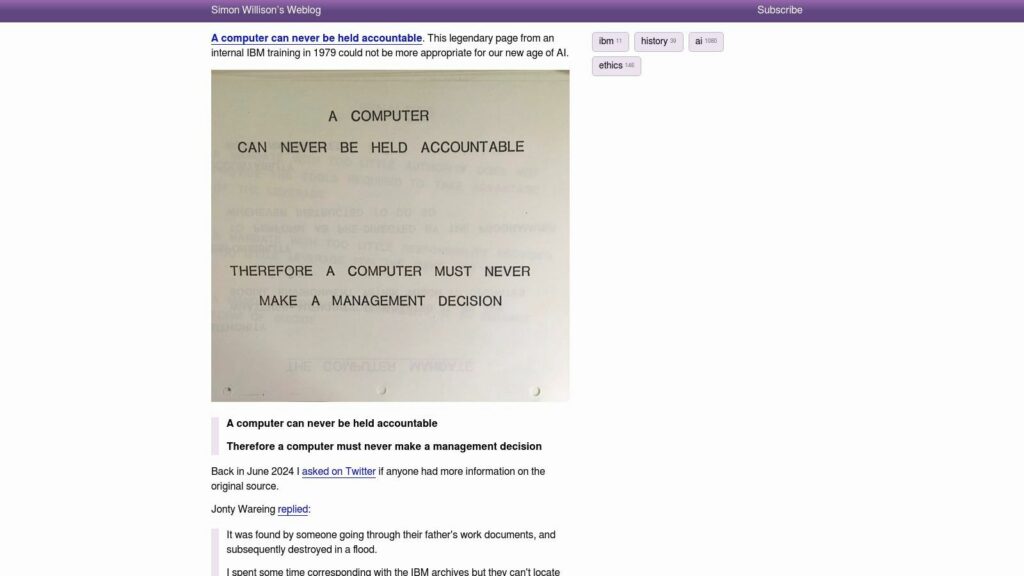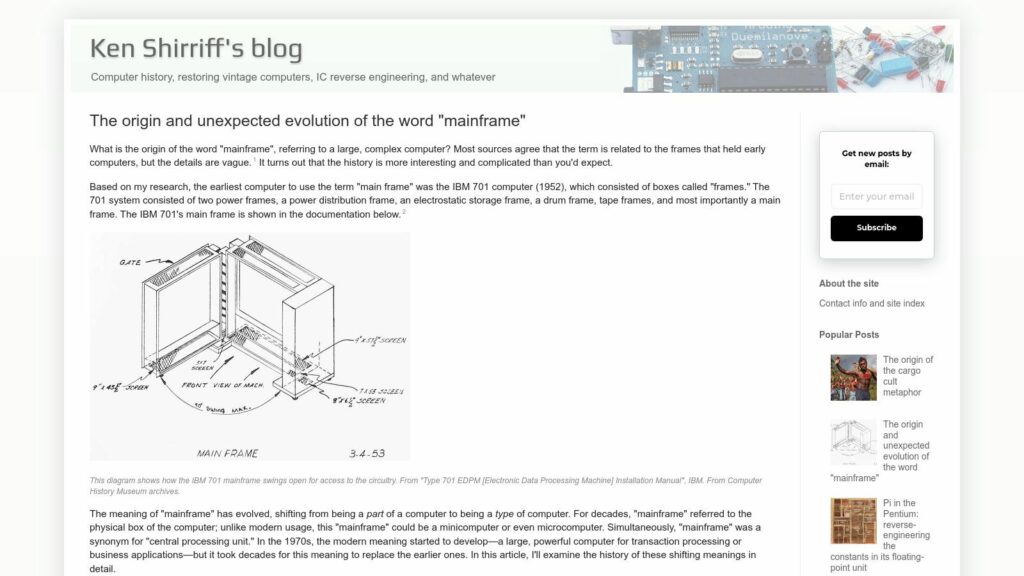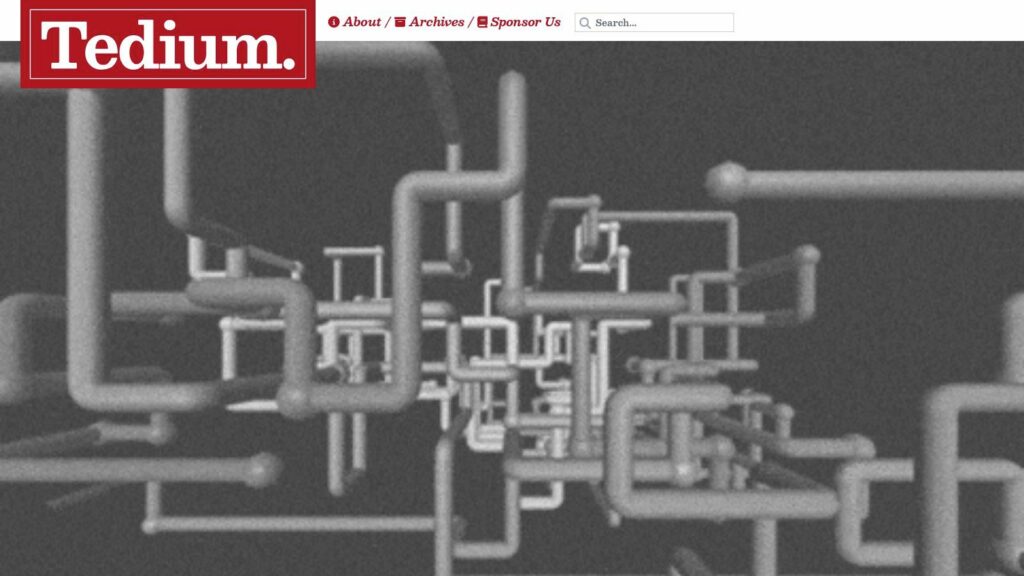A USB Interface to the “Mother of All Demos” Keyset
USB interface created for Engelbart’s 1968 keyset, part of his “Mother of All Demos.” Engelbart revolutionized computing with innovations like the mouse and GUI, showcasing them at a conference but the keyset was less successful. The author created a modern USB interface for the keyset, detailing technical aspects and challenges. The term “Mother of All Demos” originated from a 1991 Intel presentation, later retroactively applied to Engelbart’s demo. Engelbart’s work faced long-term neglect, but eventually gained recognition, influencing future technology.
https://www.righto.com/2025/03/mother-of-all-demos-usb-keyset-interface.html
A USB Interface to the “Mother of All Demos” Keyset Read More »
